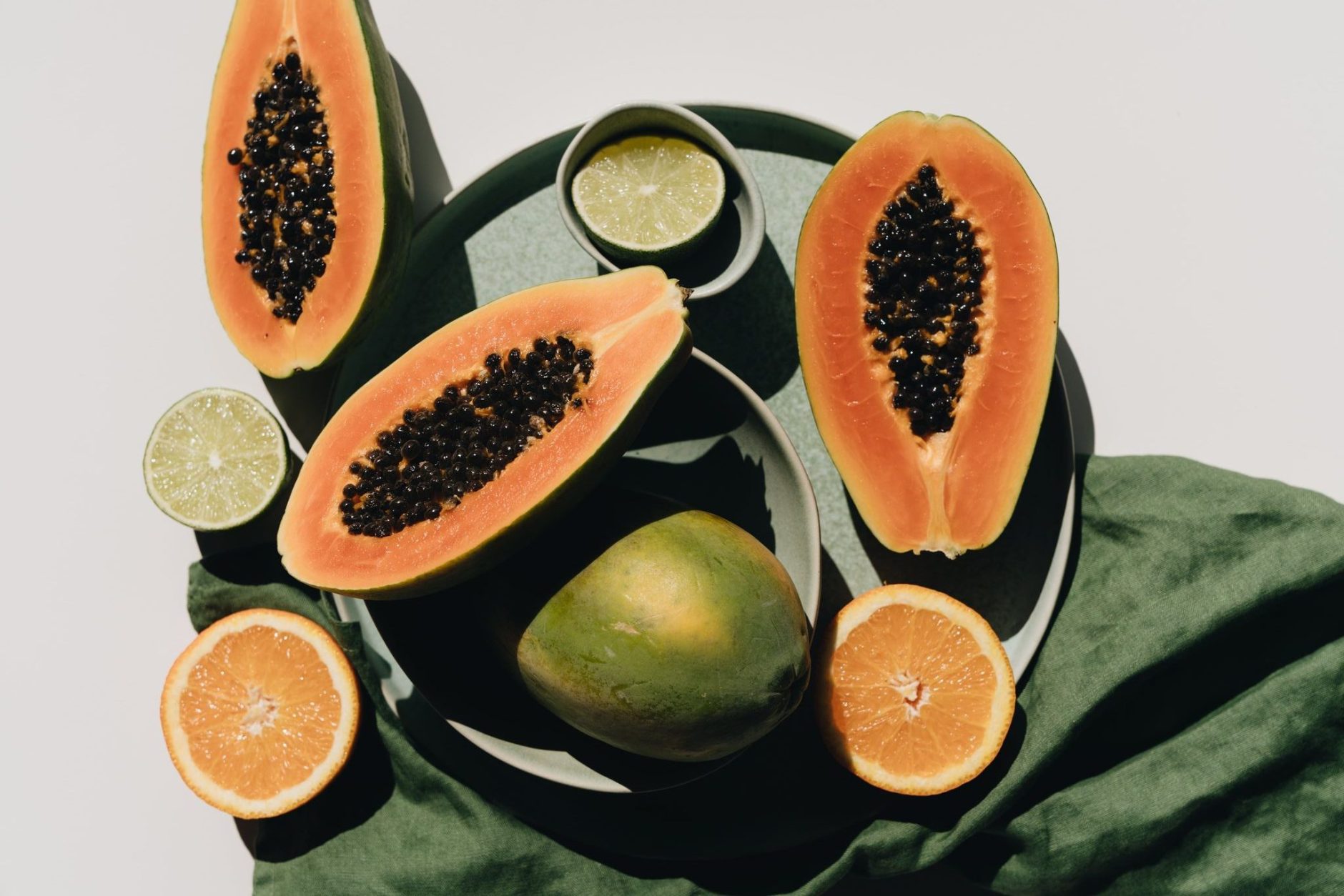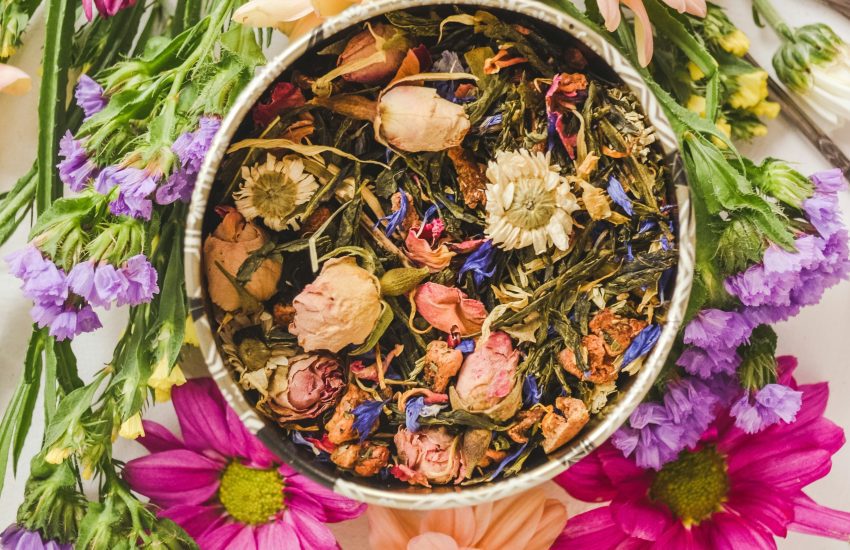Beyond Retinol: The Power of Vitamin A for Glowing Skin
What’s vitamin A?
Vitamin A also known as retinol is a fat-soluble micronutrient that is important for the immune function, skin and hair.
There are two types of vitamin A
- Retinoids or retinol (animal source)
- Provitamins (vegetables and fruits)
What are the main sources of vitamin A?
Here is a list of foods that are rich in vitamin A
Vitamin A Foods (per 100g)
| Food | Vitamin A Content (RAE mcg) | Daily Value (%) |
| Animal Sources: | ||
| Lamb (lean chop) | 25 mcg | 3% |
| Beef (liver) | 6840 mcg | 758% |
| Salmon (wild-caught) | 233 mcg | 26% |
| Cheddar cheese | 137 mcg | 15% |
| Camembert cheese | 145 mcg | 16% |
| Goat cheese | 122 mcg | 13% |
| Butter | 7 mcg | 1% |
| Eggs | 255 mcg | 28% |
| Plant Sources: | ||
| Sweet potato | 2069 mcg | 228% |
| Kale | 472 mcg | 52% |
| Turnip greens | 704 mcg | 78% |
| Carrots | 835 mcg | 92% |
| Sweet red pepper | 196 mcg | 22% |
| Spinach | 472 mcg | 52% |
| Romaine lettuce | 149 mcg | 16% |
| Mango | 682 mcg | 75% |
| Cantaloupe | 334 mcg | 37% |
| Grapefruit | 53 mcg | 6% |
| Watermelon | 33 mcg | 4% |
| Papaya | 56 mcg | 6% |
| Nectarine | 105 mcg | 12% |
| Tangerine | 53 mcg | 6% |
| Apricot | 357 mcg | 39% |
| Guava | 22 mcg | 2% |
Other foods can contain added vitamin A such as margarine and cereals.
To increase your vitamin A requirements eat regularly the above-mentioned foods.
Based on the Dietary Reference Intakes (DRIs) from the National Academy of Medicine in the United States. Here is the recommended daily intake (RDI) of vitamin A.
| Age group | Gender | Recommended Daily Intake (RAE mcg) |
| Infants (0-6 months) | Breastfed | 400 |
| Infants (0-6 months) | Formula-fed | 400 |
| Infants (7-12 months) | All | 500 |
| Toddlers (1-3 years) | All | 600 |
| Preschoolers (4-8 years) | All | 900 |
| Children (9-13 years) | Boys | 700 |
| Children (9-13 years) | Girls | 600 |
| Adolescents (14-18 years) | Boys | 900 |
| Adolescents (14-18 years) | Girls | 700 |
| Adults (19-50 years) | Men | 900 |
| Adults (19-50 years) | Women | 700 |
| Adults (51+ years) | Men | 700 |
| Adults (51+ years) | Women | 500 |
| Pregnant Women | 700 | |
| Lactating Women | 1300 |
The essential role of vitamin A in maintaining healthy, youthful skin
Retinoids have an essential role in promoting skin cell turnover a process that helps reduce the appearance of fine lines, wrinkles, and hyperpigmentation.
Benefits of vitamin A
1. Increase skin collagen
Retinoids and retinol are derivatives of vitamin A. They can help boost and restore collagen in the skin and increase its elasticity. This can make the skin look firmer, radiant and youthful.
2. Reduce wrinkles and fine lines
Vitamin A is a “gold standard” that can help reduce wrinkles and fine lines by interfering with the enzymes in the skin’s dermal stimulating the production of new collagen, which helps to prevent wrinkles from forming.

” Source: ScienceDirect, “Collagen Fiber“
3. Treat acne
Additionally, vitamin A can combat acne by reducing the production of oil glands on the skin and regulating sebum production. It also breaks down dead skin, regulates skin tone and encourages the growth of new skin cells.
4.Treat skin hyperpigmentation
Retinoids are derived from vitamin A. They can treat skin pigmentation and improve skin tone. Vitamin A reduces skin pigmentation, dark spots, and fights signs of UV damage by increasing the activity of tyrosinase. Tyrosinase is an enzyme that stimulates melanin production in the skin.
5. Fight inflammation
Vitamin A actively fights inflammation, playing a crucial role in preventing autoimmune diseases and allergic reactions. So, adding foods rich in beta-carotene and vitamin A, like carrots, oranges, and sweet potatoes to your diet can help reduce inflammation.


